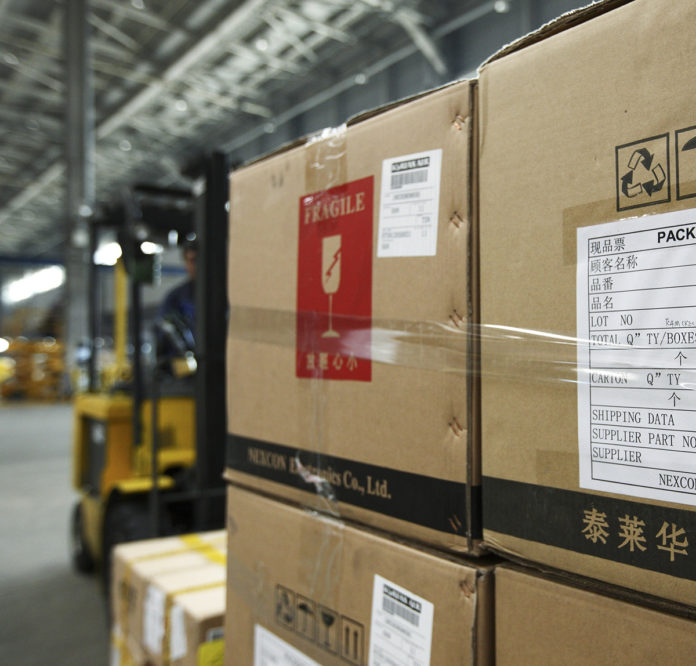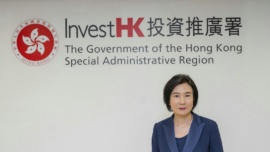The average waiting time of industrial orders by local exporters remained the same in the second quarter as with the first three months of this year at 2.4 months, the latest data from the Macao Economic Services (DSE) reveals.
Sector-wise, orders of pharmaceutical products, garment manufacturing, other products and electronic or electrical appliances had an average waiting time of 5.1 months, 2.9 months, 1.9 months and 1.6 months, respectively.
Respondents of the survey indicated that the market on the Mainland remained the biggest, with the index rate of 33.9 per cent in July, compared to 23.9 per cent registered in April this year and 32.3 per cent in July a year ago.
The most significant change in the index level was, in fact, markets in other Asia Pacific locations such as Singapore and Thailand, with the index rate ballooning from 0.8 per cent in April to 13.8 per cent in July.
When asked about the upcoming six months’ prospects, some 12.4 per cent of respondent exporters expressed an optimistic outlook, up 4.7 percentage points quarter-to-quarter and 1.2 percentage points when compared to a year ago.
Meanwhile, those who held a more pessimistic outlook accounted for 5 per cent of the total number of survey respondents, posting an increase of 1.7 percentage points compared to the first quarter, with a drop of 5.2 percentage points when compared to the same period in 2016.
For the more cautious – some 82.6 per cent of them – they anticipated a decline of 6.4 percentage points when compared to 89 per cent in the first quarter.
Labour shortage persists
Meanwhile, 61.5 per cent of local firms complain of a labour shortage, an increase both in quarter-to-quarter and year-on-year figures.
The DSE report shows that 86.6 per cent of responding pharmaceutical products manufacturers suffered labour shortages, meaning the sector suffered labour shortage the most vis-a-vis other sectors.
During the April-June period, the employment rate in export manufacturing experienced a quarter-to-quarter increase of 0.4 per cent.
The report also disclosed that ‘labour shortage’ was the biggest challenge for most firms, followed by ‘price competition with other regions’, ‘inadequate orders’ and ‘increasing cost of resources’.
Regarding concerns about the upcoming three months, 25.4 per cent of firms that responded said ‘increase of salaries’ would be the major issue, followed by ‘labour shortage’ at 22 per cent.
























